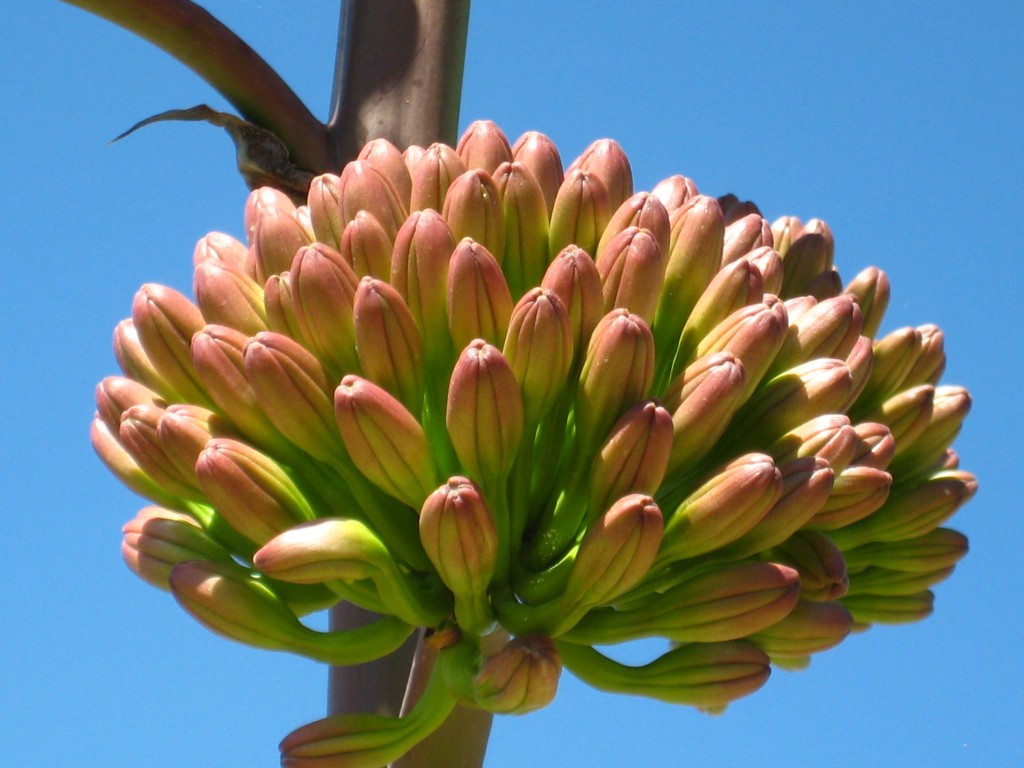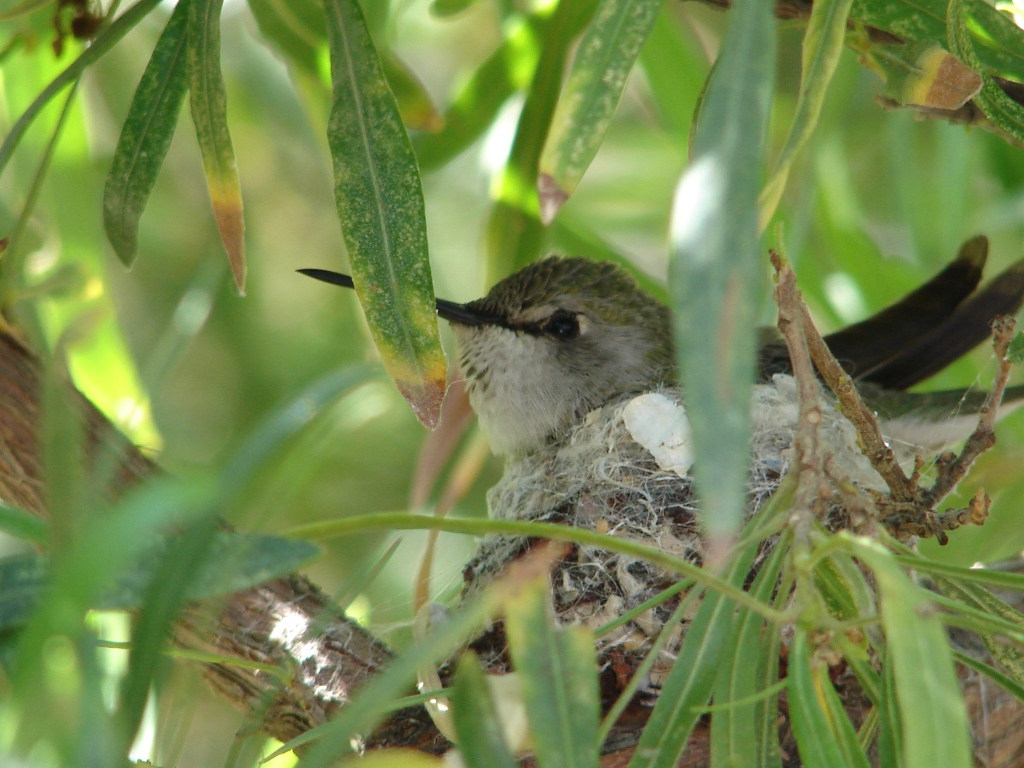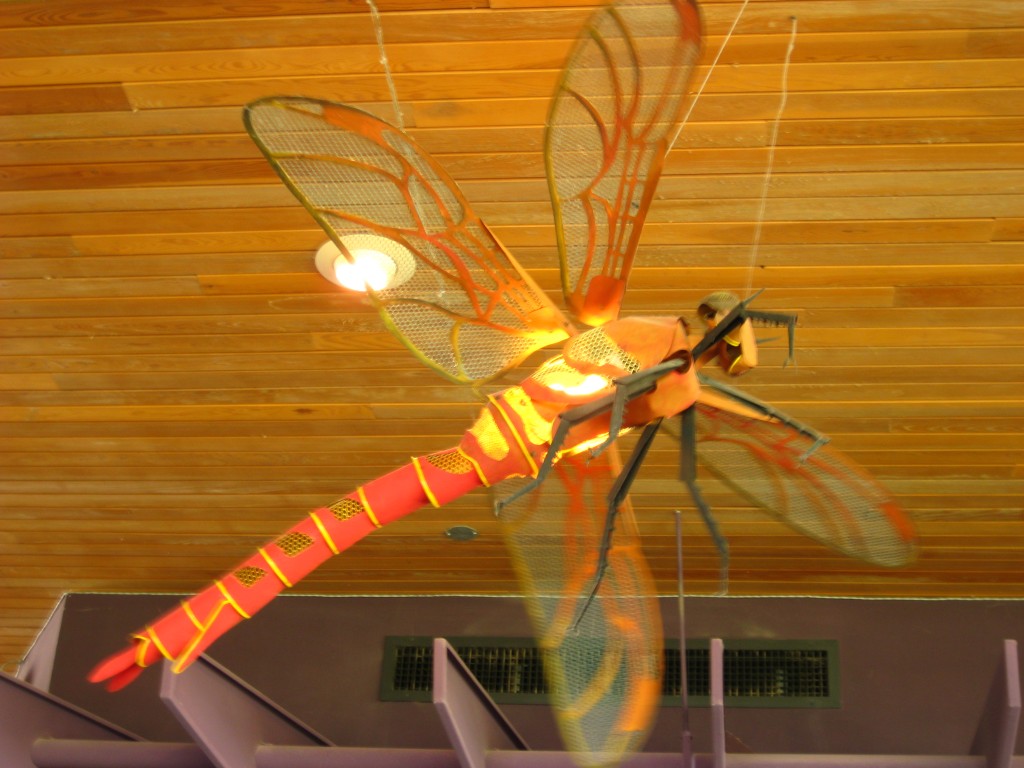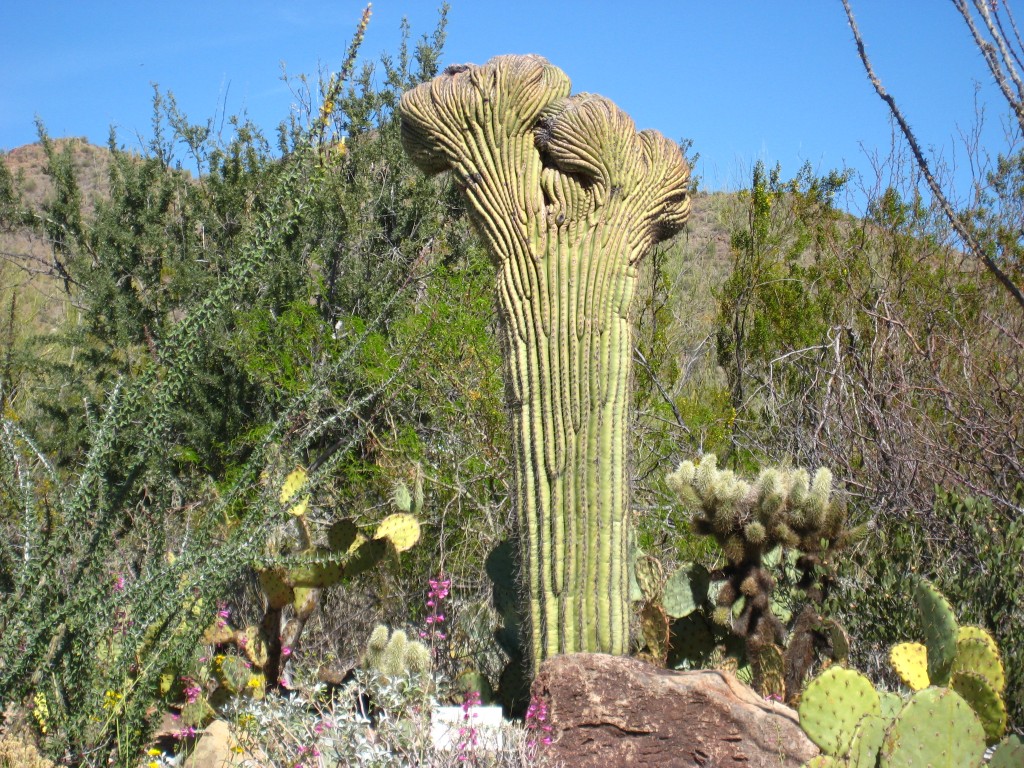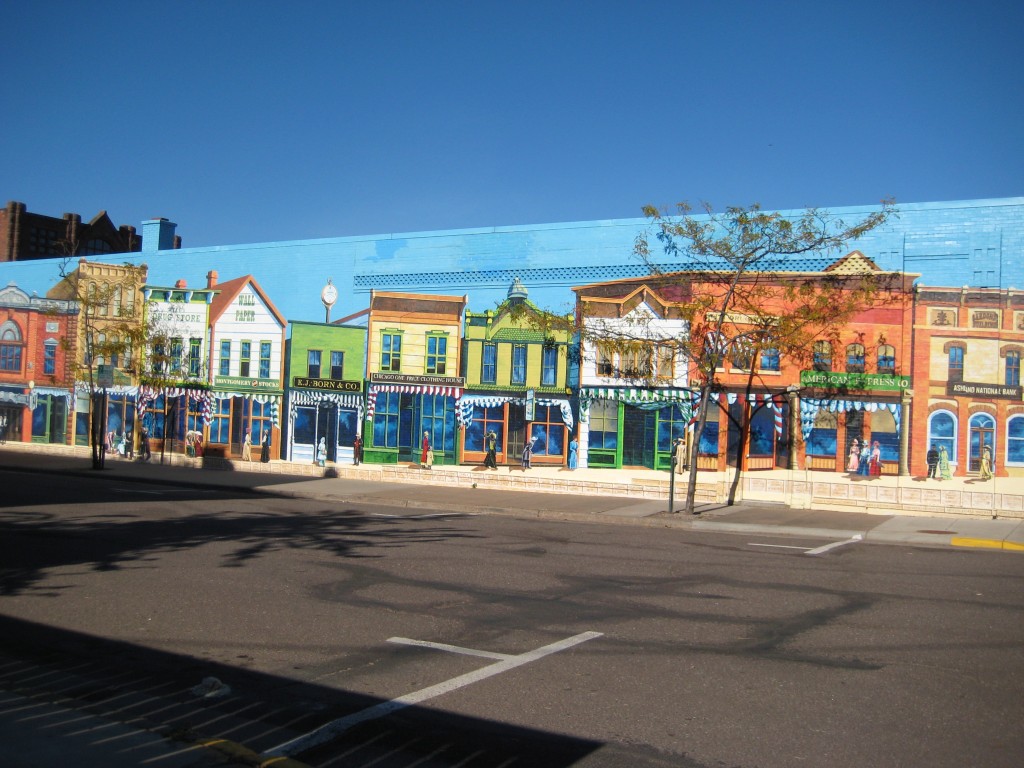Have you ever had a place that you could go back to time and time again and enjoy it just as much? Well that is the way we feel about the Arizona-Sonora Desert Museum. Being we often spend our winters in Tucson we have visited the Museum many times. It is a world-renowned zoo, natural history museum and botanical garden, all in one place! If we have guests, this is one of the first places we take them.
Even before you arrive at the Desert Museum you have an added treat ....coming from Tucson be sure and drive through Gates Pass as it is absolutely an awesome drive. It is a twisty turning drive through the Sonoran desert hills with beautiful scenery, thousands of saguaros and plenty of overlooks for photo ops... so don't forget your camera.
The Desert Museum features animals and plants native to Arizona and the Sonora Desert and it is a wonderful educational experience. If you take the time to study the plants and animals while there, you walk away with a good understanding and appreciation of living in the desert......it is truly remarkable. ASDM is well organized, signage is great, and overall a very well designed place....so much so that even the view from ASDM overlooking the desert is absolutely breathtaking....
The docent (volunteers) at ASDM are some of the most knowledgeable about their subjects we have ever encountered. Make sure you take advantage of a guided tour with one of them and also stopping at the various displays they man throughout the park as you will marvel at what they know and how interesting they make it.
They have live bird shows twice a day...one of our favorites is the Harrier Hawk presentation. They demonstrate how the Harrier Hawks live as a family, how they search for prey, and other interesting facts.....all the time the hawks are swooping overhead and landing on the saguaros. It is truly a fun event. (for best viewing and fun get down in front by the bird handler).
We also love the cactus garden as all the plants are nicely labeled, attractive in their presentation and every time we have visited we are always fortunate to find several in bloom.
Another favorite for us is the hummingbird aviary. These little hummers are plentiful and very busy in their aviary. We saw several sitting on their nests when we visited.
We did eat at the Ironwood Terrace on the museum grounds. Food is a little pricey but not out of line in comparison to other such places. I had a turkey wrap (quite big) and my husband had a hamburger and all was quite good. There is everything from a quick snack bar to fine dining so there is plenty of variety if you want to eat while visiting. The lighting in the eatery was quite unique as the photo below shows.
A word of warning before you start your day.....if your visit is in the summer go very early when it is cooler as it gets stifling hot by midday and the animals go into hiding. Protect yourself with sunscreen, hats with brims, sunglasses and plenty of water (they do let you bring in your own water). There's very little shade and a lot of walking is involved so I would definitely visit in the winter if at all possible.
As I said earlier it is a combination zoo, botanical garden and natural history museum so there is something for every one, young and old, plenty to keep you busy all day and if you enjoy learning this is truly a great place for that experience.



